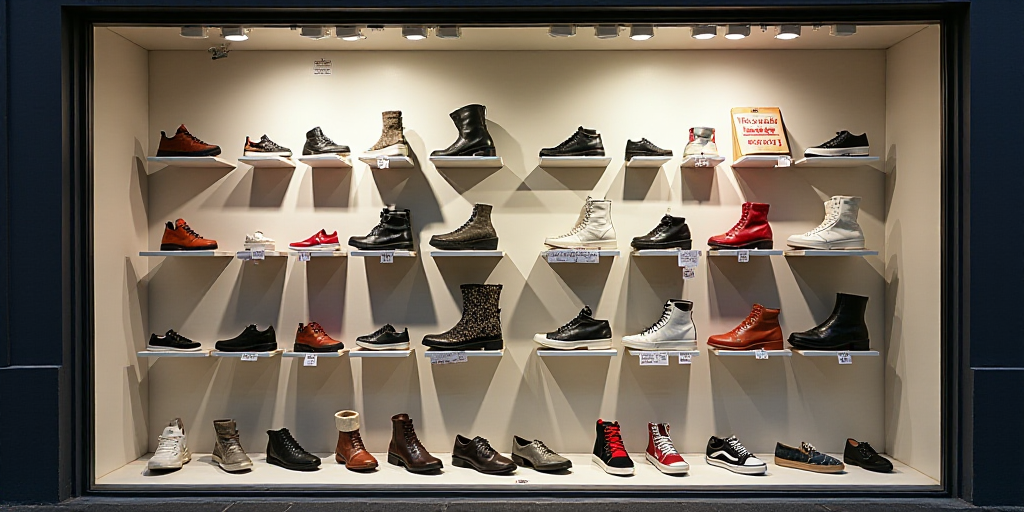Background on Nike and its Relevance
Nike, a prominent American multinational corporation, specializes in the design, development, manufacturing, and marketing of athletic footwear, apparel, and equipment. With a global presence and a strong brand reputation, Nike’s decisions significantly impact the sports industry and its stakeholders.
The Impact of US Tariffs on Nike’s Operations
Currently, the United States imposes a 30% tariff on goods imported from China. This has resulted in increased costs for numerous companies, including Nike, which heavily relies on Chinese manufacturing. In response to these rising costs, Nike has announced a strategic plan to mitigate the impact on its operations and consumers.
Nike’s Plan to Reduce Costs and Optimize Supply Chain
To counteract the effects of the tariffs, Nike’s executive vice president and chief financial officer, Matthew Friend, revealed that the company will reduce its production in China. Currently, China accounts for 16% of Nike’s footwear imports to the United States. By reassigning production to other countries, Nike aims to decrease its China-based manufacturing to a single-digit percentage by the end of fiscal year 2026.
Nike will collaborate with suppliers and retail partners to minimize the cost increase and lessen its impact on consumers. This strategic plan will be implemented gradually throughout 2026.
Price Adjustments in the US Market
Alongside cost-cutting measures, Nike will also adjust prices for certain products in the US market. However, these price increases will be “surgical” and implemented starting the upcoming fall season. The company is committed to balancing consumer interests while optimizing its supply chain and production allocation across countries.
Financial Implications and Future Outlook
The tariffs are expected to reduce Nike’s gross margin by approximately 100 basis points initially and 75 basis points subsequently, following the implementation of announced mitigation measures. The impact will be more pronounced during the first half of Nike’s fiscal year 2026, which spans from June 1, 2025, to May 31, 2026.
Nike anticipates a moderate decline in revenue during the first quarter, accompanied by a gross margin decrease of 350 to 425 basis points, including the negative effects of new tariffs.
Key Questions and Answers
- What is Nike’s plan to address rising costs due to US tariffs on Chinese imports? Nike intends to reduce its production in China, optimize its global supply chain, and collaborate with suppliers and retail partners to minimize the cost increase for consumers.
- By when does Nike aim to decrease its China-based manufacturing? Nike expects its China-based footwear production to fall to a single-digit percentage by the end of fiscal year 2026.
- How will Nike adjust prices in the US market? Nike will implement “surgical” price increases for certain products in the US market starting the upcoming fall season.
- What are the expected financial implications of these tariffs on Nike’s gross margin? The tariffs are projected to reduce Nike’s gross margin by around 100 basis points initially and 75 basis points after implementing mitigation measures.






